Co-meme-unity
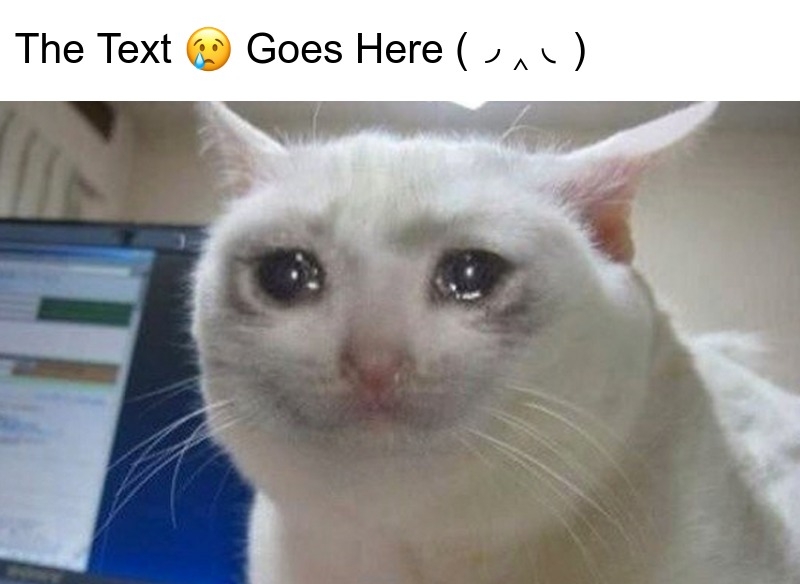
“It is our duty as artists to respond to the contemporary.”
A meme is an organism. A meme is alive. It enters the body, it replicates, it jumps to its next host, maximizing its message reach, it mutates to keep itself spreadable. “Although memes don’t exist in the physical world, researchers say that the way they evolve, change and spread is somewhat analogous to the life cycles of bacteria and genes.”
Memes bypass the need for originality and stress the need for repetition of format to drill down on an idea, highlighting the core experiences which are shared between us.
Memes serve the basis of our locked-down existence and as we transition from lockdown to post-lockdown urgencies they flood our visual space and beg to be carried forward. They are the best illustration of our current condition. In the rush of being exposed to ongoing events, they stand as crystallized meaning, but they are equally well subject to mutation because they rely on templates that can be filled with content at will.
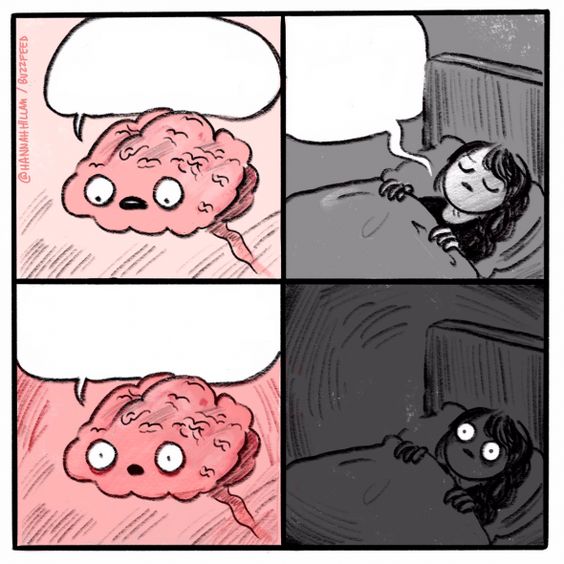
They should be the obvious choice for artists due to their accessible nature and could be deemed some variation on “arte povera” yet somehow, due to the generally elitist nature of art, premised on scarcity, they are rarely seen as what an artists output should be.
Memes speak loud and clear of the contemporary.
There are memes in support of essential workers, memes promoting the defunding of police, memes taking on veganism, memes detailing pick-up lines and making light of them although they illustrate patriarchal dynamics at play, memes that take over hashtags in Twitter wars, memes to speak truth to power and argue about injustice, multilayered memes and awkward memes and rightist memes and leftist memes and memes that show generational gaps because they require an easiness in visual communication which is not afforded to every age, though I remember my mother made something quite similar to a meme at a certain point and it was very much spot on. Yet what distinguished my output from hers was the possibility to disseminate it.
And then there are ironic memes, and deep friend memes and surreal memes, which cross over into art historical territory. “The increasing trend towards irony in meme culture has resulted in absurdist memes, not unlike postmodern art. Many Internet memes have several layers of meaning built off of other memes, not being understandable unless the viewer has seen all previous memes. “Deep-fried” memes, memes that have been distorted and run through several filters, are often counter-culture and strange to one not familiar with them. An example of these memes is the “E” meme, a picture of Markiplier photoshopped onto Lord Farquaad from the movie Shrek, photoshopped into a scene from Mark Zuckerberg’s hearing in Congress. “Surreal” memes are based on the idea of increasing layers of irony so that they are not understandable by popular culture or corporations.”
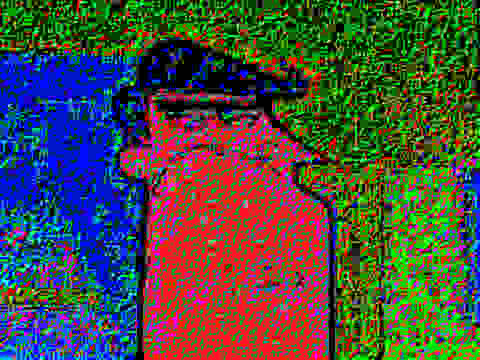
There are memes to tackle student debt and housing issues, memes to propose alternative ways of living and memes that make light of blatant inequality.
A meme comfortably fits into a spoon. In the overload of current day events memes simplify and allow us to consume information.
I’ve been hopping and skipping from crib tours with Charlie XCX to videos of breaking into Target, and it’s the easiness of skipping from one to the other that allows the synapses to fire and make the true connection between the two. The obvious fact that: “You can’t commodify every single aspect of living and then not understand looting as a legitimate form of protest. Looting is the ultimate strike against a system that deems mass-produced objects to be far more precious than life itself. It is humanity demanding to be recognized.”
We see memes acting as the beginning of the revolt, but also, as information accelerates, we see them being followed up and working in parallel to political action. Memes increase exponentially. In the flow of like share and retweet, in seeing violence being enacted and reframed and commented upon, memes bring about the mobilization of bodies in the street.
There are memes to announce the revolution and with them the acknowledgment that in a few decades history books will look radically different and just imagine our surprise then when we’re going to have to explain to the next generation what each meme stands for.

It truly hasn’t been taken into consideration what happens when much of the world takes history online, with its good and its bad and its questionable: “As a final point, the gulf between those with access to the network and those who do not have it is amplified by the fact that these groups exchange different memes in different ways. As Internet culture develops and moves farther from real-world culture, it becomes harder, not necessarily to gain access, but to join in effectively once access is gained. Besides this, there is the very real possibility of those with access to the network becoming cut off from their real-world history. They may have no interest in it: those who do may not share the technical and cultural interests of those with access. The consequence can be a separation of those who spend most of their time on the network from their own history, which can only serve to widen further the gulf between those with access and those without.”
There are memes in all colours and sizes and sometimes a meme can go horribly wrong – as in the case of #blackouttuesday which was meant as one thing: “a protest originally organized by marketing directors Brianna Agyemang and Jamila Thomas, who are both black women, called for a day of “pause” on June 2 across the music industry for what they describe as a pause in “the long-standing racism and inequality that exists from the boardroom to the boulevard.””, but ended up as memetic action turned from solidarity towards the Black Lives Matter movement into an information blackout when the movement needed it the most.
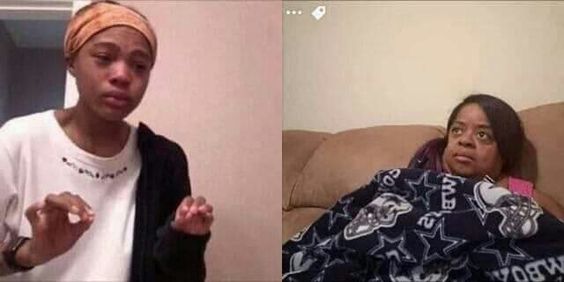
Memes work along culture differences and across nations due to the global nature of the economy and the news cycle: “It has been argued that the Internet’s capability to spread memes across the world both accurately and instantaneously supports a tendency towards homogeneity in world culture (Heylighen, 1996). Memes can appear at much the same time in different parts of the world regardless of geographical and cultural boundaries to exert their effects. It has also been argued that the speed of transmission, and the resulting rapid cascade of memes across the Internet, makes it more difficult to distinguish between the more and less valuable memes (Taylor, 1996).”
Memes can and do complicate current day events, making it difficult to distinguish how to filter what’s history being made in realtime and what might be negligible distraction. But in all this, memes also remind us that their spread is democratic, but exploitation, racism, the neoliberal grip are all equally democratically spread across nations and they need to be called out.
Memes demand of us not only traditional ability to read and understand images, but also a multilayered knowledge of pop culture and current events. Memes spread democratically, but they can also illustrate class differences, since reading a meme that sandwiches references requires access to those references and the luxury of time to embed them into one’s vocabulary.
Memes also often question the need to know the source as supposed to knowing the final interpretation and the various ways in which images and characters can be interpreted. Appropriation at its best. The death of the author, the birth of community authorship.
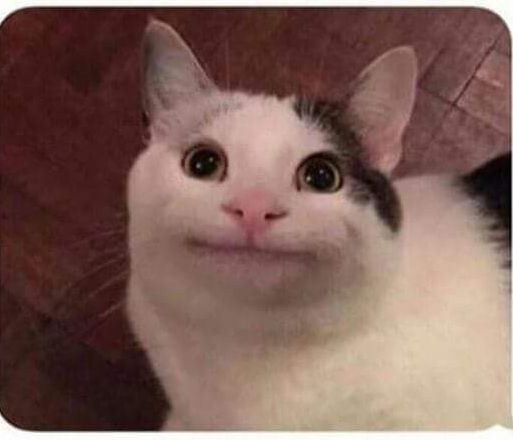
Things were always accelerating, weren’t they?
Memes satisfy the needs of artists to step into the world and reflect on it and the world’s need to create something that reaches out into the field of aesthetics, made up of the fabric of real life.
Memes remind us that there’s no need to talk about so-called originality anymore, about the autonomous creative genius which denies their context to create sterile works that reference nothing in particular in service of some purported “status”. They beg us to talk instead about what we have and what we share between us and how we share and how that sharing mutates and questions the status quo.
They are not the beginning but they are ongoing, they are flux, and if there ever was a time to seize the means of production, memes are it.
Alina Lupu is a post-conceptual artist and writer. She has a background in psychology, photography and an incomplete education in fine arts. Earlier this year she released a publication entitled “This is a Work of Fiction”. The novella goes through real and imagined situations touching upon the fragility of the artistic profession and the many compromises that one is subjected to along the way when embarking on it. Her work has infiltrated: W139, Amsterdam; Onomatopee, Eindhoven; Drugo More, Rijeka; Rheum Room, Basel; European Lab, Lyon and Diskurs, Giessen, among others.